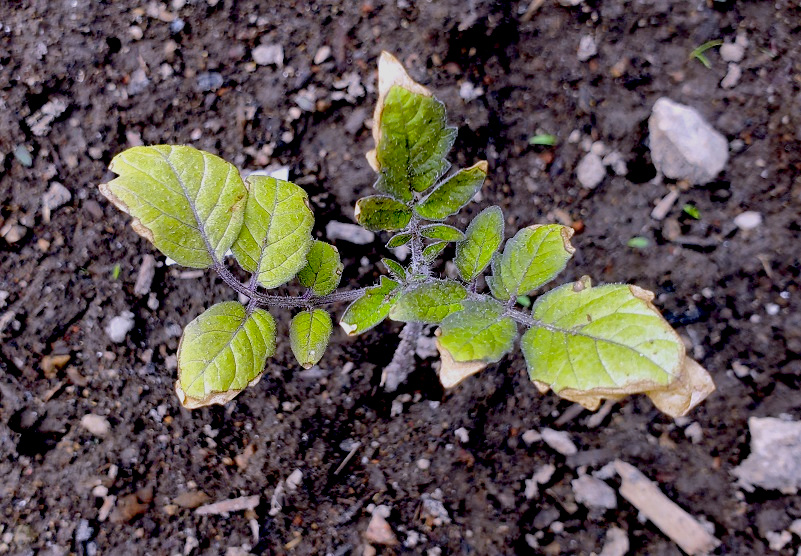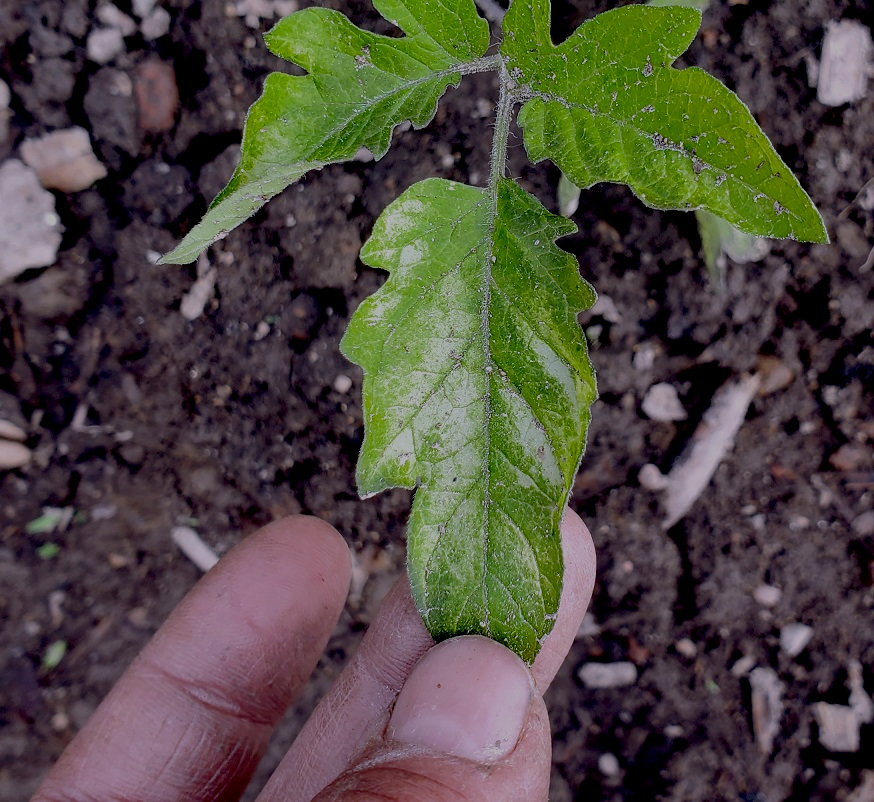By Caitlin Wilson 13 April 2023
Greenhouse kept seedlings are not exposed to the full spectrum of the sun because the plastic or glass layers block some of the sunlight. This means that the plant seedlings can actually sunburn if they are suddenly exposed to the sun full time after growing up in the greenhouse! The same is true of wind. A plant started in the ground is exposed to wind as soon as the seedling emerges. The wind will blow the seedling around and this will encourage the seedling to spend energy strengthening its stems. This does not happen for seedlings kept in a greenhouse, so their stems can be naturally a bit weaker. How can you make this transition into the real world better for your seedlings? You can harden them off.
What is hardening off?
Hardening off is the process of gradually exposing your plant seedlings to sun and wind. This helps the plant to avoid sunburn and encourages the plant to strengthen its stems gradually. Hardening off allows your seedlings time to get used to the outdoor environment so they do not shock when you transplant them. This helps reduce the chances of your plants dying from transplant shock, wind damage, or sunburn. See below for examples of sunburned plants.


How do you harden off plants?
Begin the process 7-14 days before you intend to transplant your seedlings. In the spring, this is started 1-2 weeks before your last frost date.
In Southwest Ohio, our last frost date is May 6th. The last frost date is determined based on average low spring temperatures, so it is not a guarantee that we will not get freezing temperatures, but it is a reliable estimate for when you can expect to have above freezing temperatures at night.
-
Make a plan Once you determine your last frost date, you can plan to harden off your plants 1-2 weeks before this date. Start by placing your plants outside in a shady spot.
-
Watch the weather When the weather is above 45F, place your plants in a shaded spot, sheltered from large gusts of wind for 1 hour. Once the hour is up, take the plants inside in your garage or house.
-
Repeat exposure On the next day above 45F, bring your plants out for 2 hours in a shaded spot, sheltered from large gusts of wind. Then bring the plants inside. Repeat this process each day, increasing the time the plants are exposed to the sun and wind by 1 hour each time.
-
Watch plants for signs of damage After 2-3 days, you can expose the plants to more direct sunlight in the morning or evening. Check for signs of sun or wind damage.
-
Leave plants out over night If the nights are going to be above 50F at night, you can leave the plants out over night. Be sure to check the plants to make sure they are not drying out.
-
Transplant! Once you have hardened off for about a week, it should be safe to transplant. Try to transplant on a cloudy day if possible. Water well after transplanting.
Notes:
- If you have severely windy or cold weather, don’t put plants out.
- If plants show signs of damage after sun or wind exposure, allow them to stay inside for a few days to recover.
- I like to expose the plants to the sun in the eveing after work for the first several days. The sun isn’t as strong as it gets closer to setting so there is less risk of sunburn to your plants. After a few days, if you have way to partially shade the plants during the day, by either putting them under a tree or a shade cloth, you can set them out several days in a row (especially if the night temperatures will be warm). If the nights will be below 45F, be sure to take the plants inside where it is warm.
Why this process is worth it.
Hardening off allows your plants to transition from the well protected indoor environment to the more harsh outdoor environment. This gives the plant time to strengthen its stems and tells it to make “sunscreen” to protect itself against sunburn. The plant will also strengthen its cuticle to prevent water loss at this time. This can keep your seedlings from dying shortly after transplant so it is well worth the extra effort!


